








Contents
ix
Xi
xii
xv
Foreword
 ately, it seems as though whenever a group of educators get together, the topic of assessment comes up. As high-stakes testing takes a bigger and bigger hold in schools, frustration with issues of assessment is rampant, especially for English language learners. With the passage of No Child Left Behind, stringent demands have been placed on educators. Assessment of English language learners has become a monster that troubles many who have fought battles in advocating for this group of students.
ately, it seems as though whenever a group of educators get together, the topic of assessment comes up. As high-stakes testing takes a bigger and bigger hold in schools, frustration with issues of assessment is rampant, especially for English language learners. With the passage of No Child Left Behind, stringent demands have been placed on educators. Assessment of English language learners has become a monster that troubles many who have fought battles in advocating for this group of students.
For those of us who tread gingerly into the world of assessment of English language learners, it also seems that taking on such a topic in a book is tantamount to foolish bravery. I have known Margo Gottlieb for many years, and I know that she is neither foolish nor does she have to be brave in taking on this task. She is well qualified to guide us through this maze. A deep understanding of the needs of English language learners is what makes her sensible research-based approach to assessment of these students unique. This understanding is enriched by a sensitivity to the plight of many English language learners in U.S. schools and a passion to attain a good education for them.
This book is written from the perspective of one who has spent a great many years and much energy thinking about English language learners. The author's commitment to English language learners is evidenced in a statement in the preface where she attributes a paradigm shift in the field of educational assessment to two great forces: the undeniable increase of language minority students and the treatment of English language learners in federal legislation. I am a little more cynical than to think that English language learners are in the forefront of mainstream educators' minds and the policies of the department of education at the federal level. However, I am comforted by the knowledge that this book is written by someone whose periscope has been focused primarily, if not solely, on English language learners.
Four things make this book particularly useful for me. First, it places the assessment of English language learners in the larger context of current-day educational assessment, with all its political and social considerations. Many schools have suffered the consequences of limited or invalid assessments erroneously depicting English language learners as not attaining the standards and expectations set for them. This has happened because of unnecessarily strict interpretation of federal laws, invalid testing, or invalid interpretation of test results. Assessing English Language Learners: Bridges From Language Proficiency to Academic Achievement provides assessment tools to avoid these pitfalls.
Second, every aspect of this book is based on the distinction between language proficiency and academic achievement. This distinction is a difficult one to make for many who are not well versed in second-language acquisition, bilingual proficiency, and the education of English language learners. Yet as Margo has said on so many occasions and to so many people, without thinking clearly about this distinction and understanding it, we cannot assess English language learners in a valid way. In her methodical and precise way, the author helps us understand not only the importance of this distinction but its essence.
Third, this book provides us with tools for producing, interpreting, and reporting reliable and valid data for educational decision making. The "Reflection" sections in each chapter are an added bonus whose purpose is to offer opportunities for readers to apply the discussion surrounding the instruction and assessment of English language learners to their own setting.
Finally, this book makes the solid relationship between instruction and assessment one of the tenets of sound educational decision making. I cannot emphasize enough how important this is. In this day and age, when testing takes up such a significant amount of class time, it is essential that teachers complete their assessments while they are instructing. I am amazed that large numbers of teachers still "stop teaching" in order to assess their students. This book defines instruction as one of the crucial elements of a good assessment, where evidence of performance and knowledge attainment is systematically gathered, organized, and analyzed. Most impressive is that it includes suggestions for ways to incorporate instruction into even large-scale assessment.


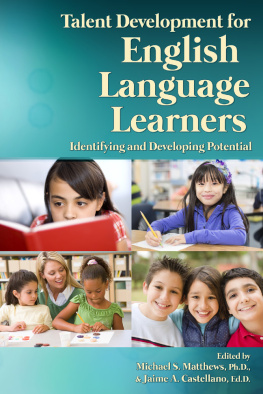
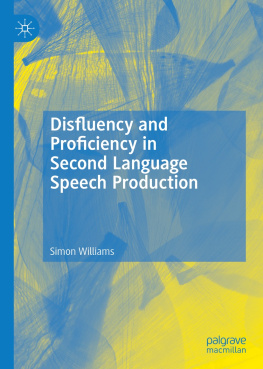


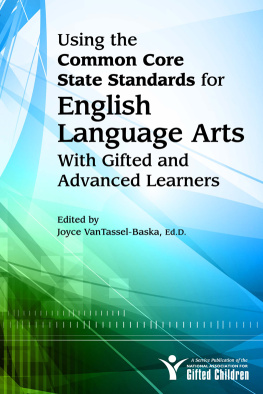
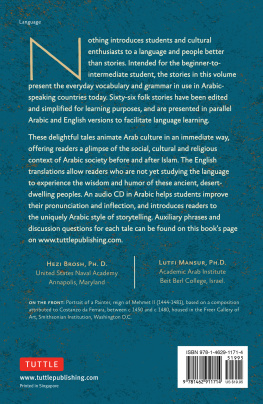
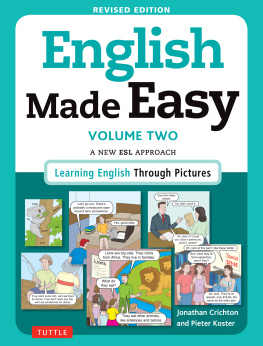
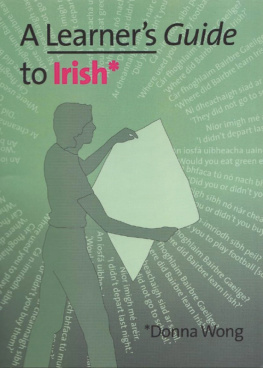
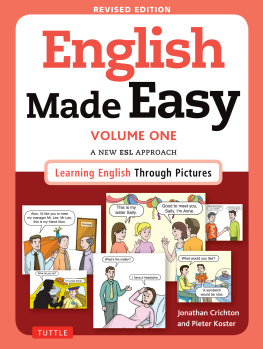
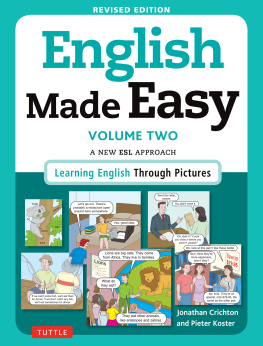







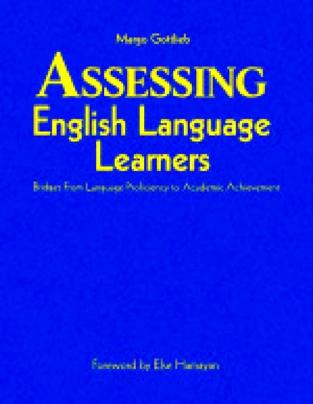


 ately, it seems as though whenever a group of educators get together, the topic of assessment comes up. As high-stakes testing takes a bigger and bigger hold in schools, frustration with issues of assessment is rampant, especially for English language learners. With the passage of No Child Left Behind, stringent demands have been placed on educators. Assessment of English language learners has become a monster that troubles many who have fought battles in advocating for this group of students.
ately, it seems as though whenever a group of educators get together, the topic of assessment comes up. As high-stakes testing takes a bigger and bigger hold in schools, frustration with issues of assessment is rampant, especially for English language learners. With the passage of No Child Left Behind, stringent demands have been placed on educators. Assessment of English language learners has become a monster that troubles many who have fought battles in advocating for this group of students.